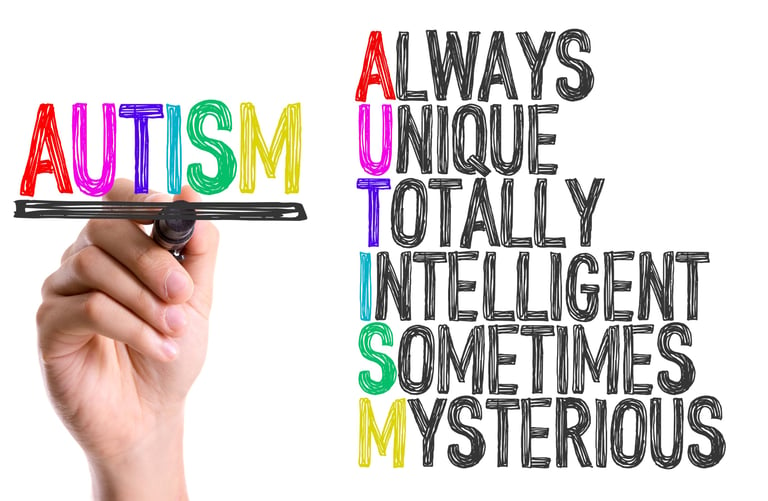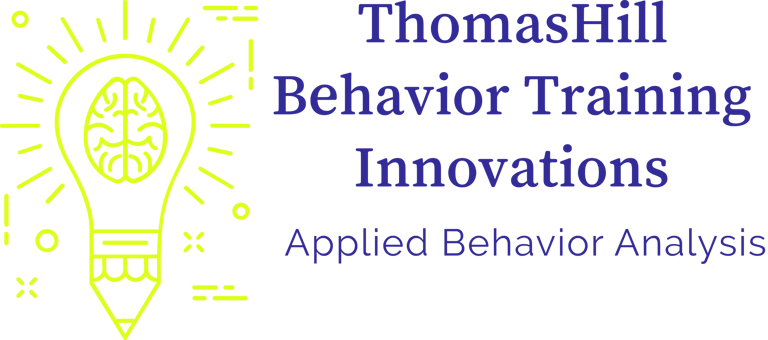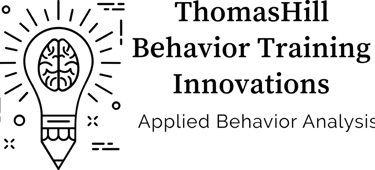What is ABA?
ABA stands for Applied Behavior Analysis, which is a scientific approach to understanding behavior and how it is influenced by the environment. It is based on the principles of learning theory, which have been extensively researched and validated over several decades.
ABA focuses on understanding the function of behavior – why individuals engage in certain actions – and seeks to increase desirable behaviors while decreasing undesirable ones. It involves systematically analyzing behavior, identifying patterns and triggers, and implementing evidence-based interventions to bring about meaningful and lasting change.
ABA interventions are highly individualized and can be used to address a wide range of behaviors and skill deficits across various settings, including home, school, and community. These interventions may include strategies such as reinforcement, prompting, shaping, and modeling, tailored to the unique needs and goals of each individual.
ABA is widely recognized as the most effective approach for treating individuals with autism spectrum disorder (ASD), but it is also used to support individuals with other developmental disabilities, behavioral disorders, and learning challenges.
Overall, ABA is a data-driven, evidence-based approach that emphasizes the importance of understanding behavior in context and implementing interventions that are scientifically validated and tailored to the individual's needs. Its goal is to improve quality of life by promoting meaningful behavior change and skill development.




